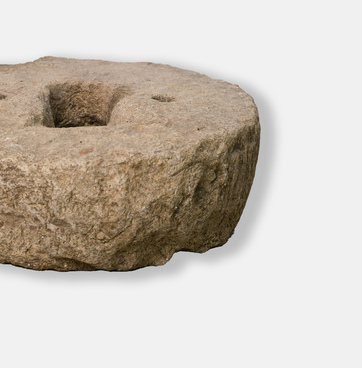Muslim prayer beads are made of a set of beads, knots or grains strung together on a thread. The resulting beads form a circle symbolizing infinity. The circle is divided into three equal parts. Oftentimes silky brushes are attached to the thread. Classical Muslim prayer beads have 99 beads — equal to the number of names of Allah. More often they are made of 11 and 33 beads with a pendant or a lock of sorts in the form of a large orb. Such prayer beads are considered traditional.
The number of beads is always divisible by 11 because a Muslim prayer consists of 11 parts: intention, standing on your feet, giving praise to Allah, kneeling, prostrating, words of prayer, repeating the name of God, affirming that there is no God but Allah, greeting, repeating the names of Allah, repeating parts of the prayer together with the imam.
Muslim prayer beads have a special name — “tasbih”, which means “to repeat”, “to remember”. They are often jokingly called “a whip for Shaitan”.
At first glance, it may seem that these rows of perfectly polished orbs are merely decorative, but this is not the case. The history of tasbih dates back thousands of years. According to one hadith, the Prophet Muhammad saw a lonely woman sitting on the bank of the river using apricot kernels during prayer. It is believed that the Prophet approved of this and allowed the use of beads in the future.
Since ancient times, this religious attribute also showed the worshiper’s status: the richer they were, the more expensive the materials used. A tasbih was made of natural wood, plant seeds, precious stones, glass, bone — each possessing unique qualities and properties.
Prayer beads are essential to the believer. These prayer beads have been kept in the Adygeysk Museum of Local Lore since July 1992. They belonged to Yunus Ismailovich Khuada, a veteran of the Great Patriotic War of 1941–1945, who lived in Gatlukai village. According to Yunus Ismailovich, the beads belonged to his mother, Turkuhan Khuada. They consist of 33 beads. The age of this item is at least 100 years old.

